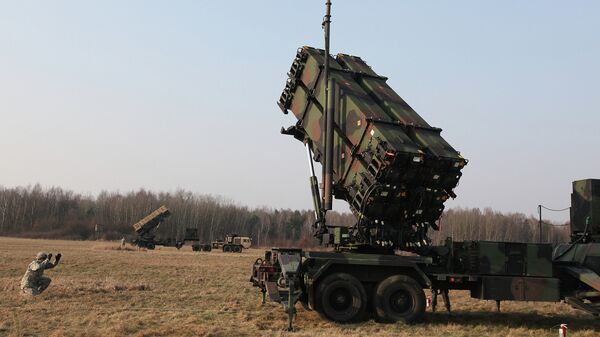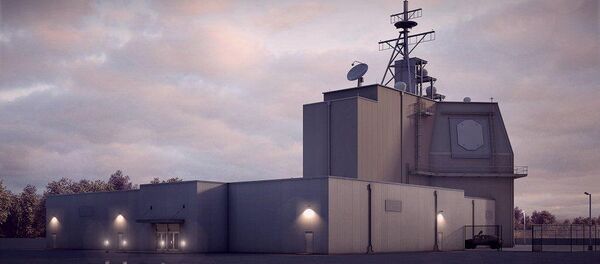“We are on track to complete deployment of an AEGIS ashore site in Romania as part of the phase two of EPAA [the European Phased Adaptive Approach] later this year,” Rose stated at the United States and Global Missile Defense Conference in Washington, DC.
#missiledefense is "not an attempt to alter the strategic balance" with #Russia, according to Frank Rose #ACDefense pic.twitter.com/TTLP8I4Ily
— Robbie Gramer (@RobbieGramer) June 25, 2015
He explained this Romanian site, combined with ballistic missile defense (BMD) capable ships in the Mediterranean, will enhance coverage of NATO from short- and medium-range ballistic missiles launched from the Middle East.
Rose added that the construction of an AEGIS ashore site in Poland is also planned to be completed on time.
Rose noted that Poland’s facility when combined with other EPAA assets will provide ballistic missile defense coverage of all NATO European territory.
"GIven recent events the alliance needs to take a hard look with regard to its security posture vis-a-vis Russia."-- Asst Sec'y Frank Rose
— Barry Pavel (@BarryPavel) June 25, 2015
The EPAA is meant to provide protection from short- and medium-range ballistic missile threats originating in the Middle East, primarily Iran.
Russia, however, sees the EPAA as a part of an ongoing policy of extending US and NATO influence eastward through Europe and Eurasia.
US authorities are reportedly considering deploying missiles to Europe to counter Russia’s alleged violations of the Intermediate-Range Nuclear Forces (INF) treaty. Russian officials have pointed out that US missile defense launchers stationed in Poland and Romania are in violation of the INF treaty.




